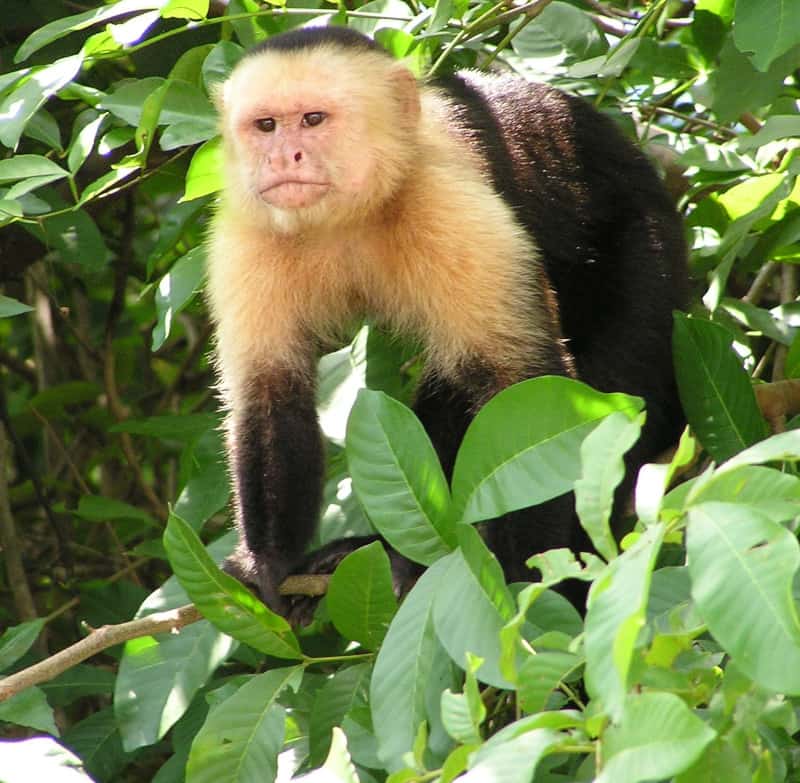
Capuchin Facts
- First of all, the Capuchin remains a quite remarkable, though somewhat small, species of New World monkey. Further, there remain only two known groups of Capuchin monkey. However, both live throughout a moderately large area.
- Also, the name of the awesome animal originates with the supposed resemblance to a specific group of humans. This group consists of members of the Order of Friars Minor Capuchin. Exactly when this occurred though, remains undetermined.
- But, the amazing Capuchin also has a singularly outstanding trait. That’s its intellectual capacity. That holds true due to the fact that this remarkable creature represents the most intelligent of all known New World simian species.
- Quite lamentably, this distinctive characteristic has also led to some extremely unsettling complications. Because of its intellect, this impressive creature has now become extremely common in laboratory research. That’s a practice we frown upon.
Related Articles
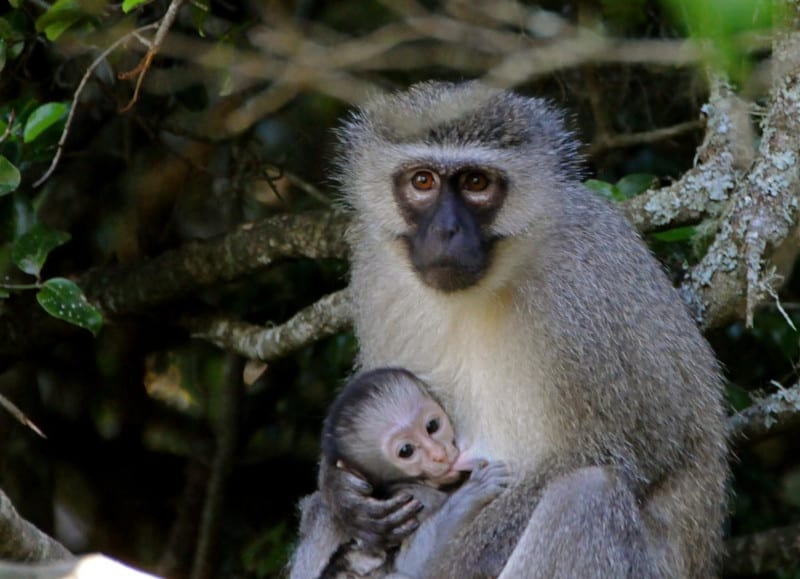
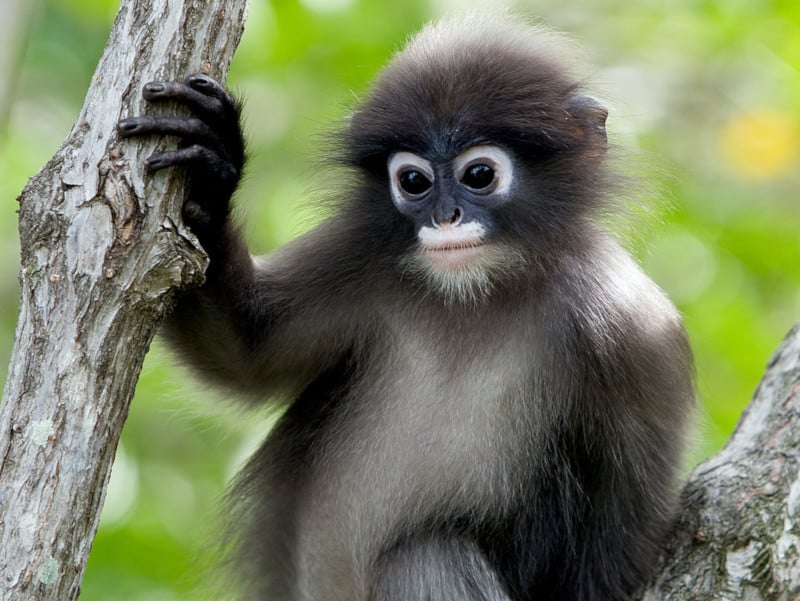
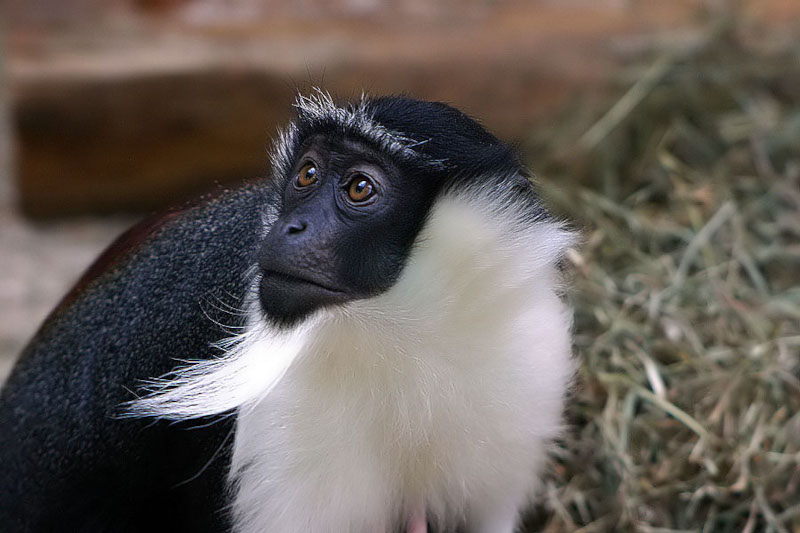
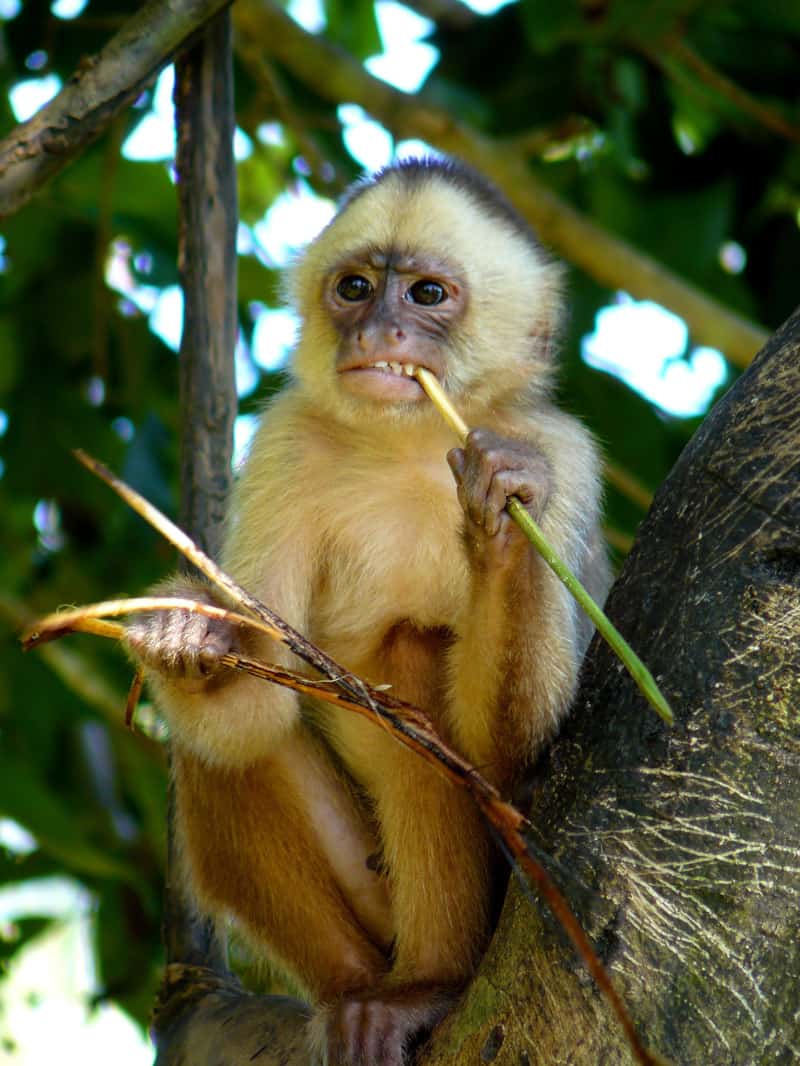
Capuchin Physical Description
Most notably, the highly fascinating Capuchin does not display any marked degree of the physiological characteristic of sexual dimorphism. This physical trait remains one the diminutive mammal shares with the vast majority of known simian varieties.
Quite understandably, the coloring of the individual varies slightly. That’s natural, given the number of different species. Typically, however, the color combinations include various shades of black, brown, and off-white. This makes for a striking appearance.
Additionally, mature adult specimens average roughly 22 in (56 cm) in body length. Meanwhile, average weights between the different species ranges significantly, from 3 – 9 lbs (1.36 – 4.1 kg). Also, the tails usually grow to about the same length as the body.
- Kingdom: Animalia
- Phylum: Chordata
- Class: Mammalia
- Order: Primates
- Family: Cebidae
Capuchin Distribution, Habitat, and Ecology
Firstly, the amazing Capuchin evolved to inhabit a comparatively wide zone of habitation. That is, at least when compared to many related species. This comparatively extensive range includes much of both Central America and South America.
Additionally, the remarkable animal has also proven to be quite adaptable. As a result, individuals can be found living in several different types of habitats. These habitat types typically include both wet lowland forests and dry deciduous forests.
Several species stand out to scientist. These have demonstrated an independently learned behavior, frequently to the surprise of researchers. That’s because this ability remains indicative of both high level observational skills and intelligent reasoning.
For example, during the mosquito season, individuals will crush millipedes and spread the remains on each other’s backs. This covering acts as a natural insect repellent. This behavior quite easily sets it apart from most related creatures.
As with most similar primates, this mammal evolved as both diurnal and arboreal in nature. It tends to spend the majority of the day foraging for its food. The Capuchin feeds omnivorously and consumes fruit, nuts, insects, spiders, eggs, and small invertebrates.
Further, this impressive monkey typically lives in large groups. These typically range in size from 10-40 individuals. In the wild, it usually lives 15-25 years. Finally, the primary predators of this animal include cougars, jaguars, and large snakes.
Species Sharing Its Range
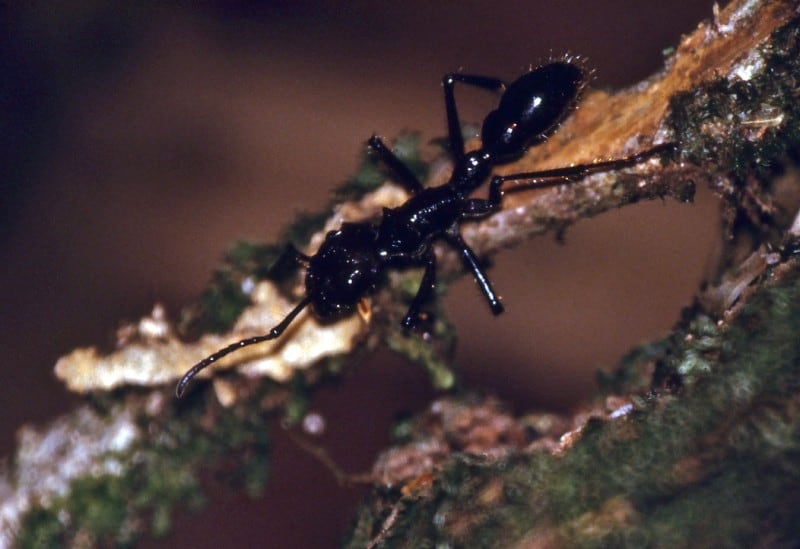
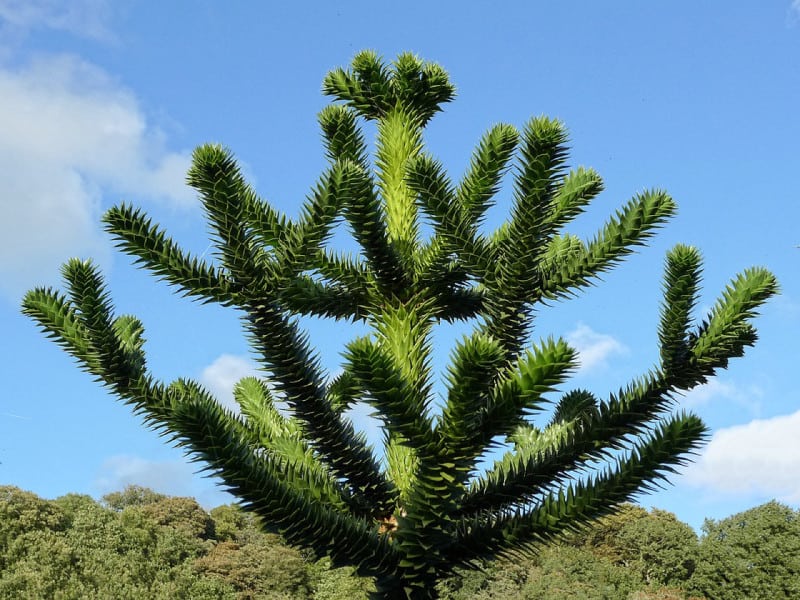
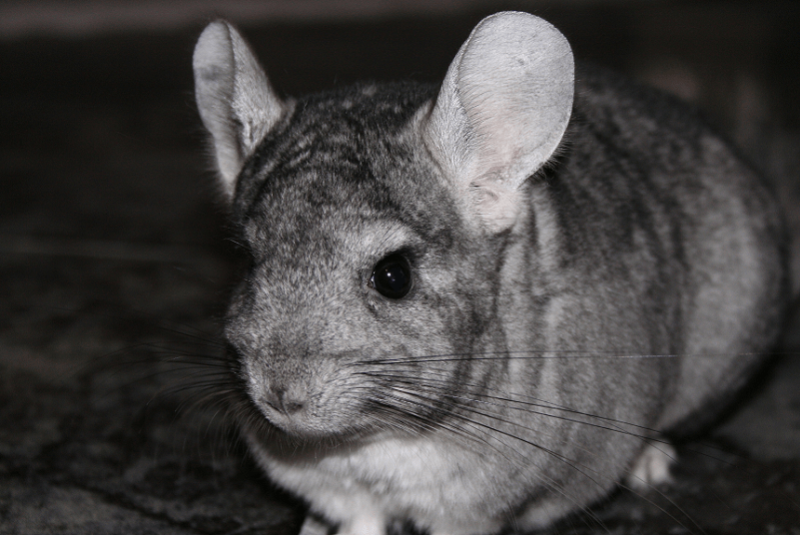
Check out our other articles on Spectacular Dolphins Throughout Our World, Whitemargin Stargazer, Coudersport Ice Mine, Living Stones, Socotra Bluet, Indian Bullfrog, Jamaican Iguana
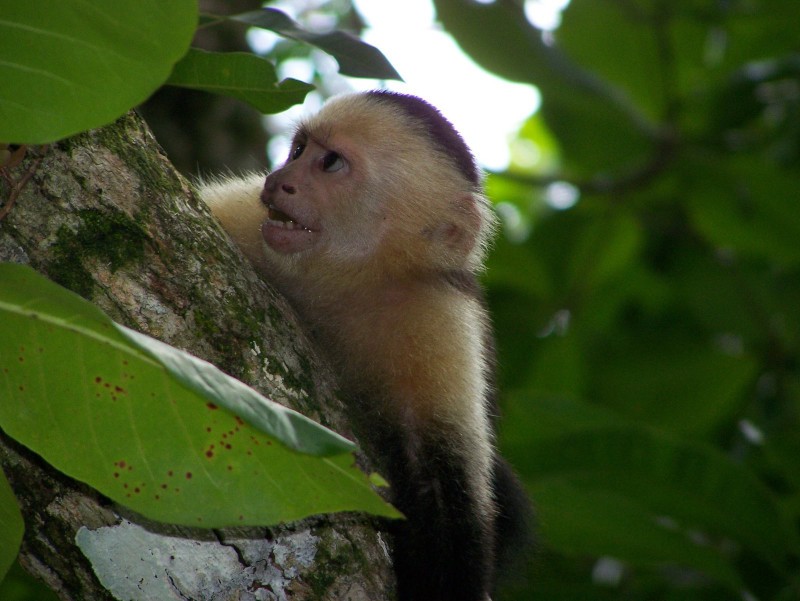









Leave a Reply